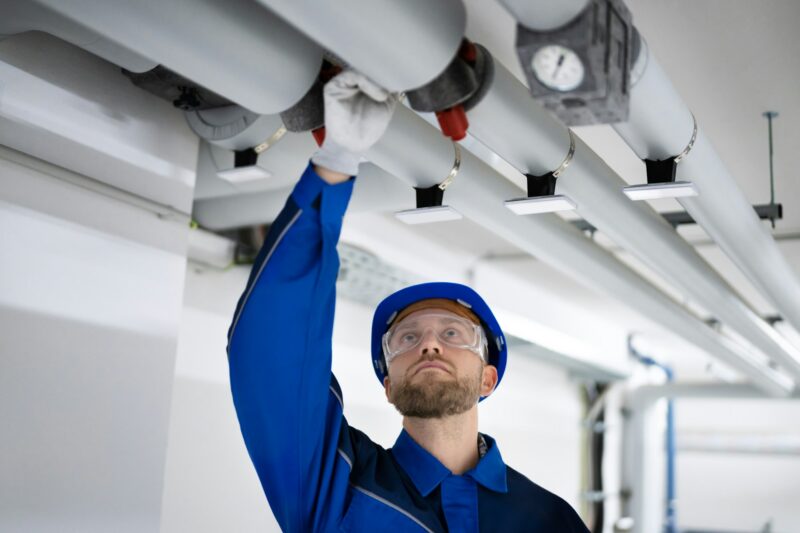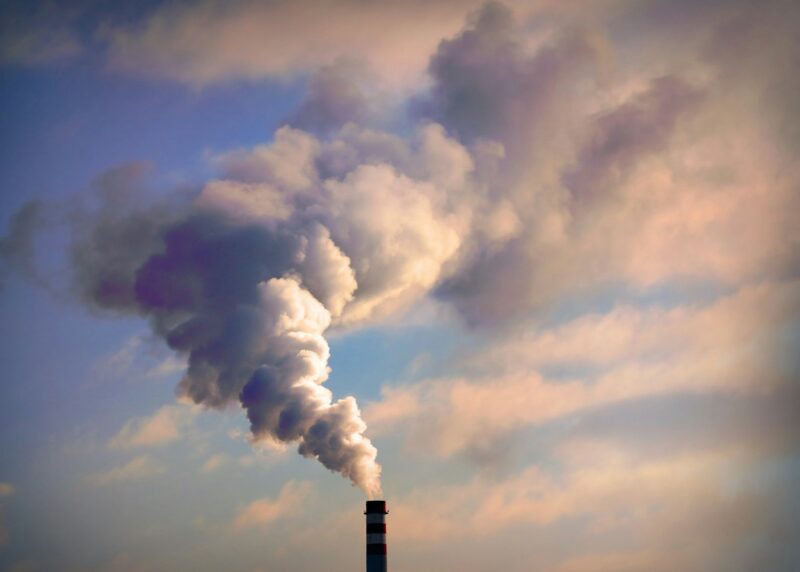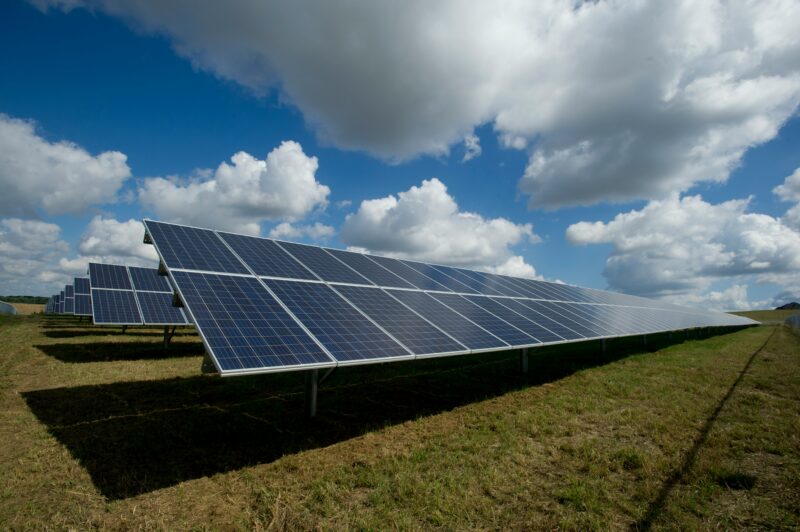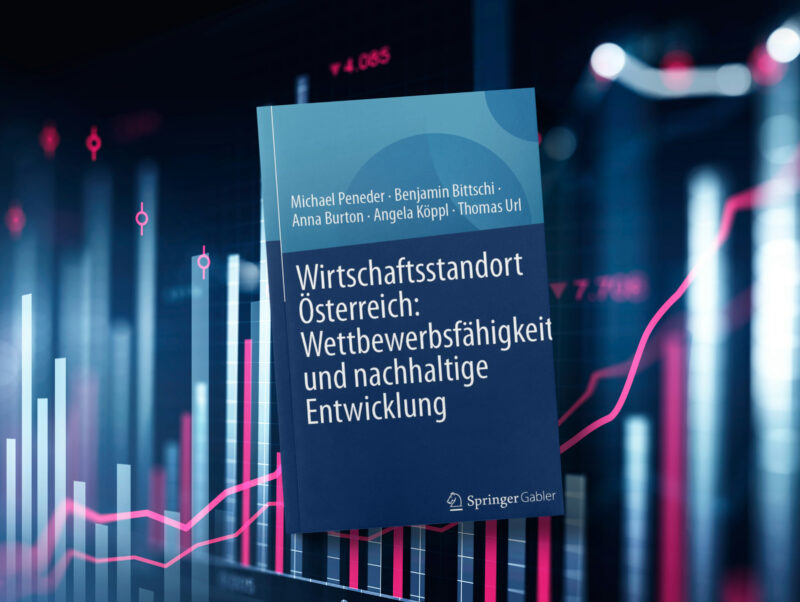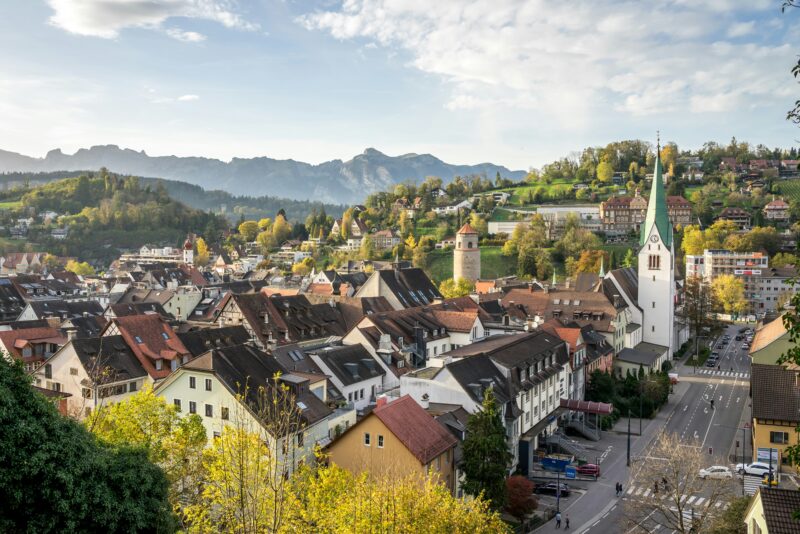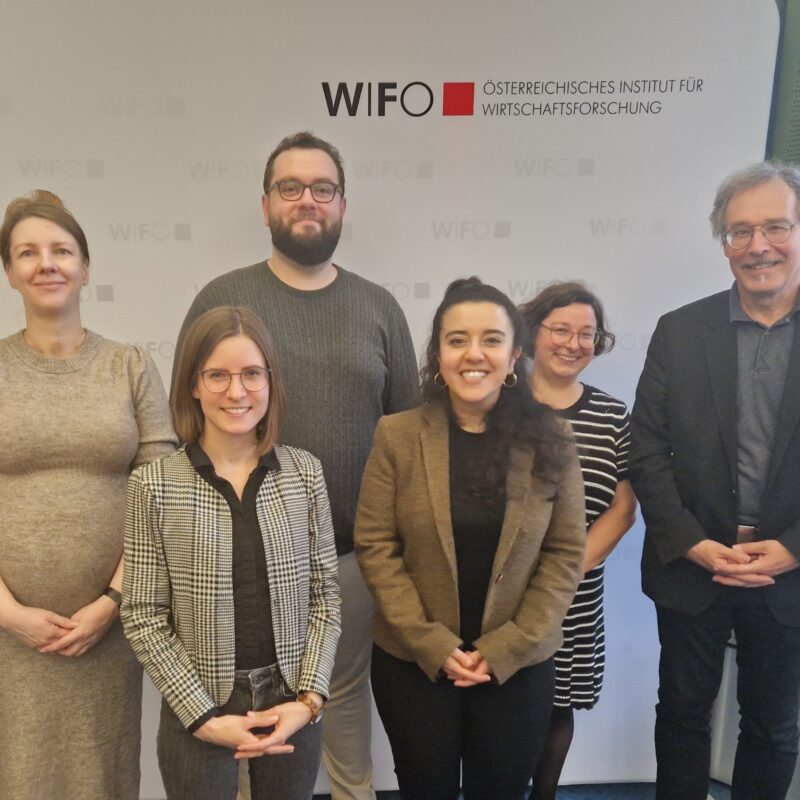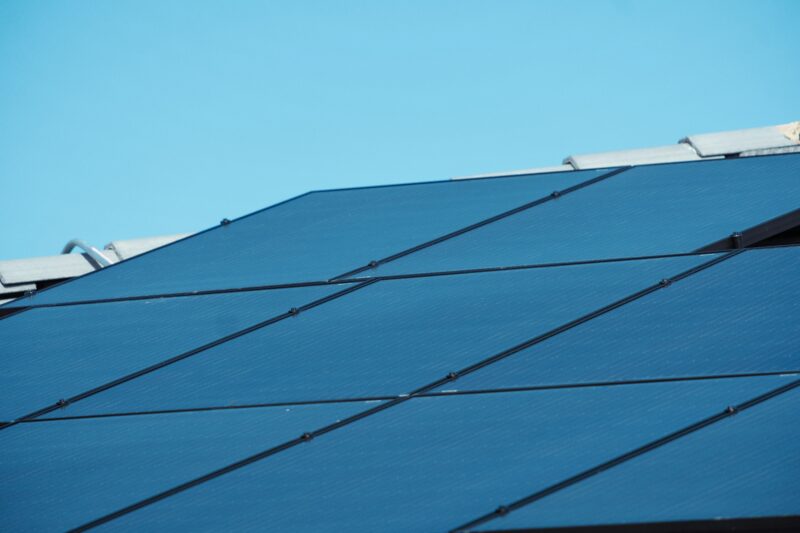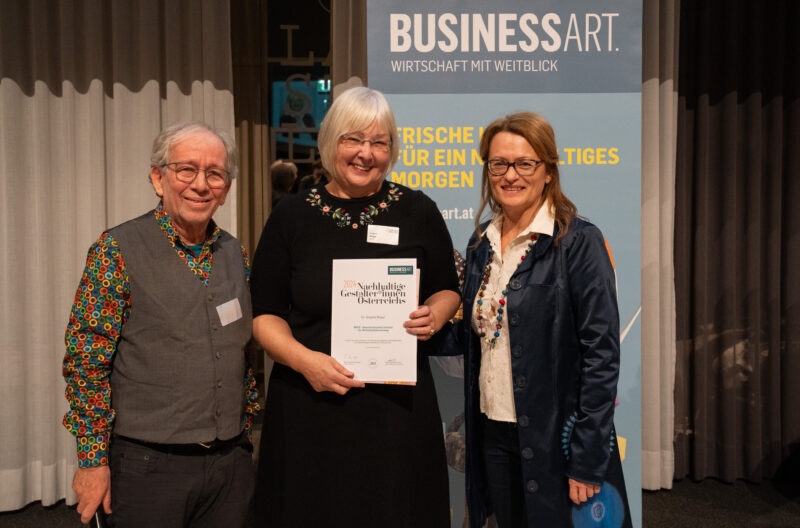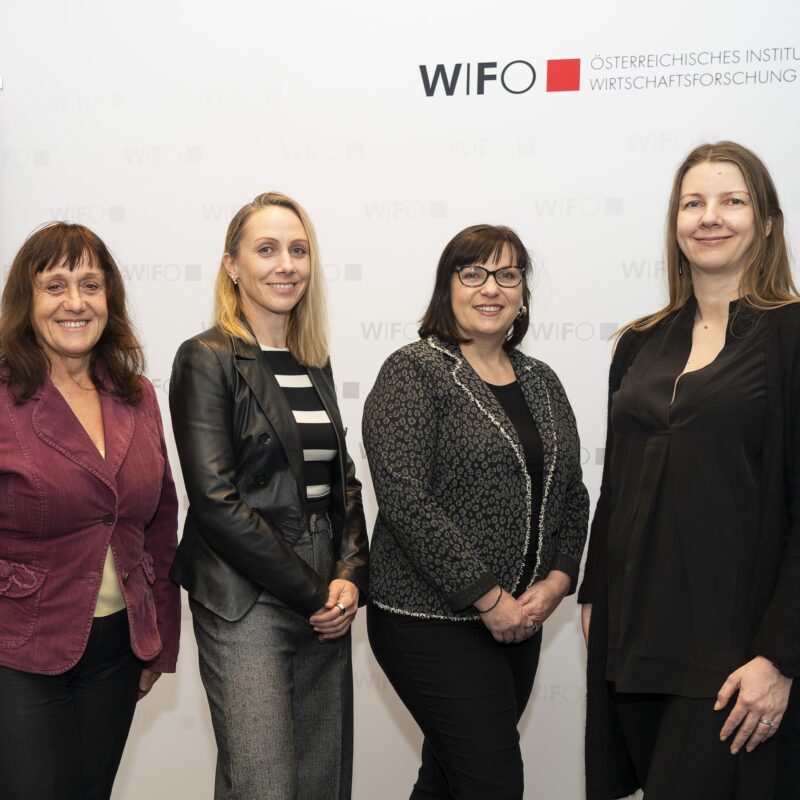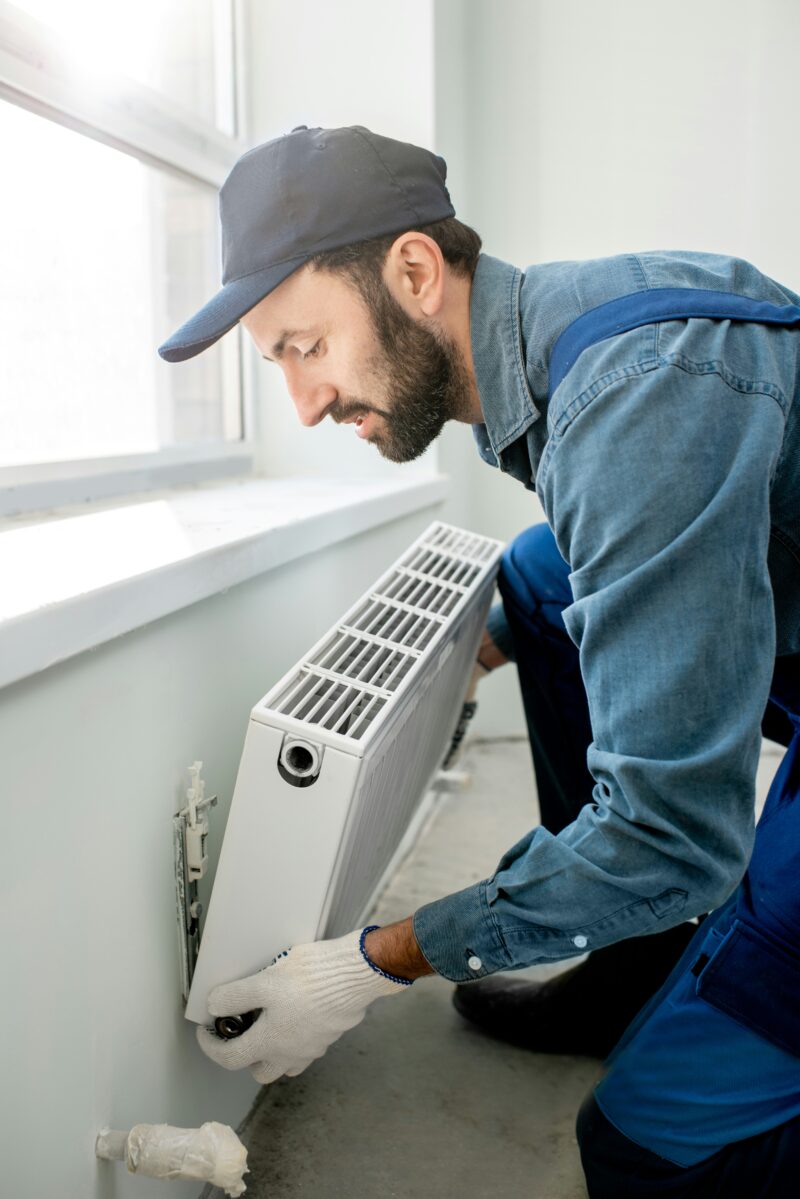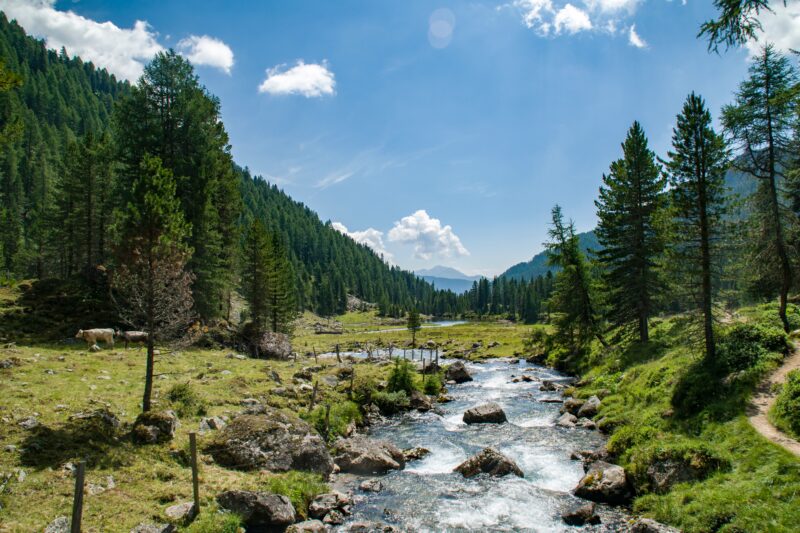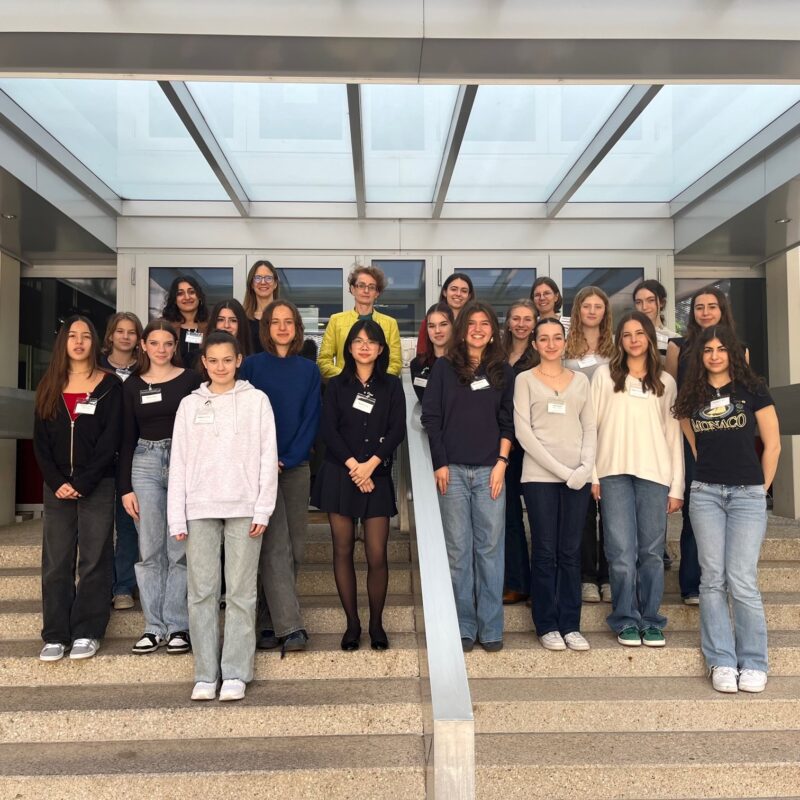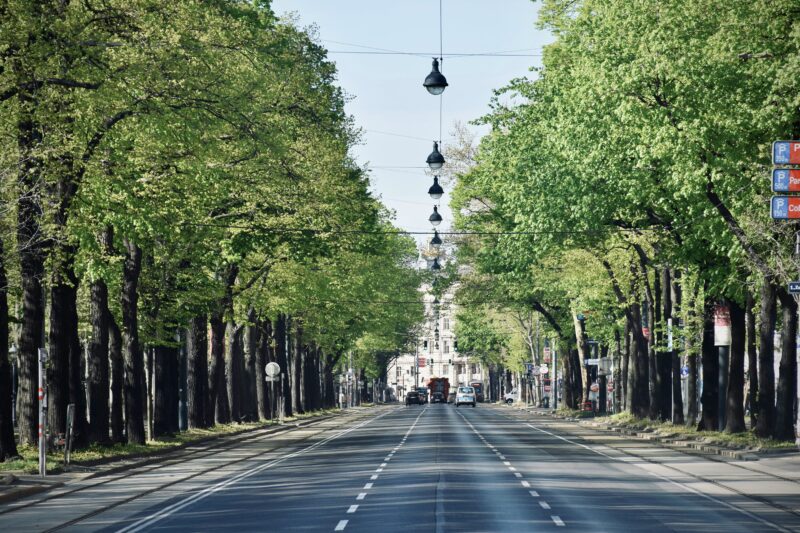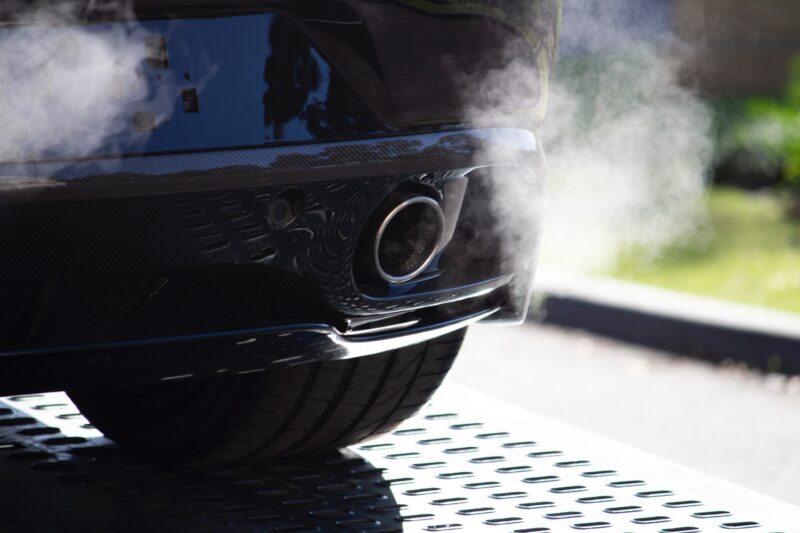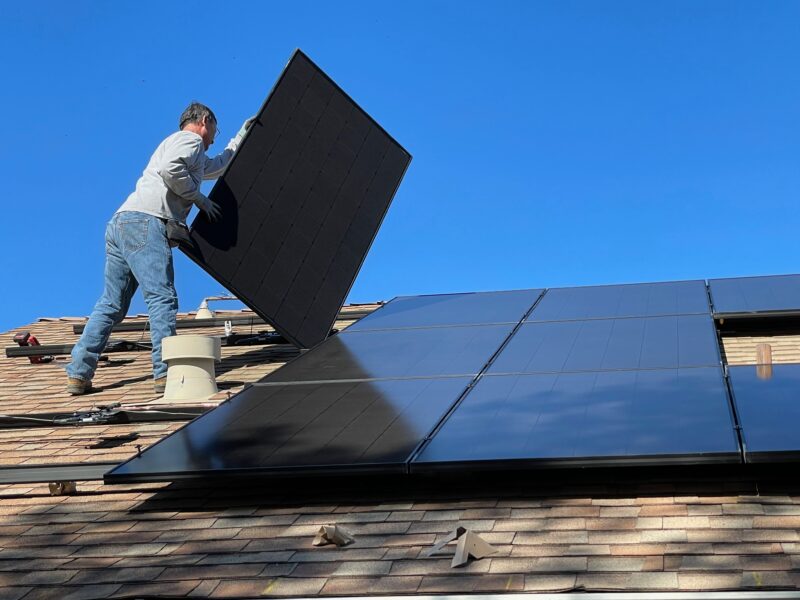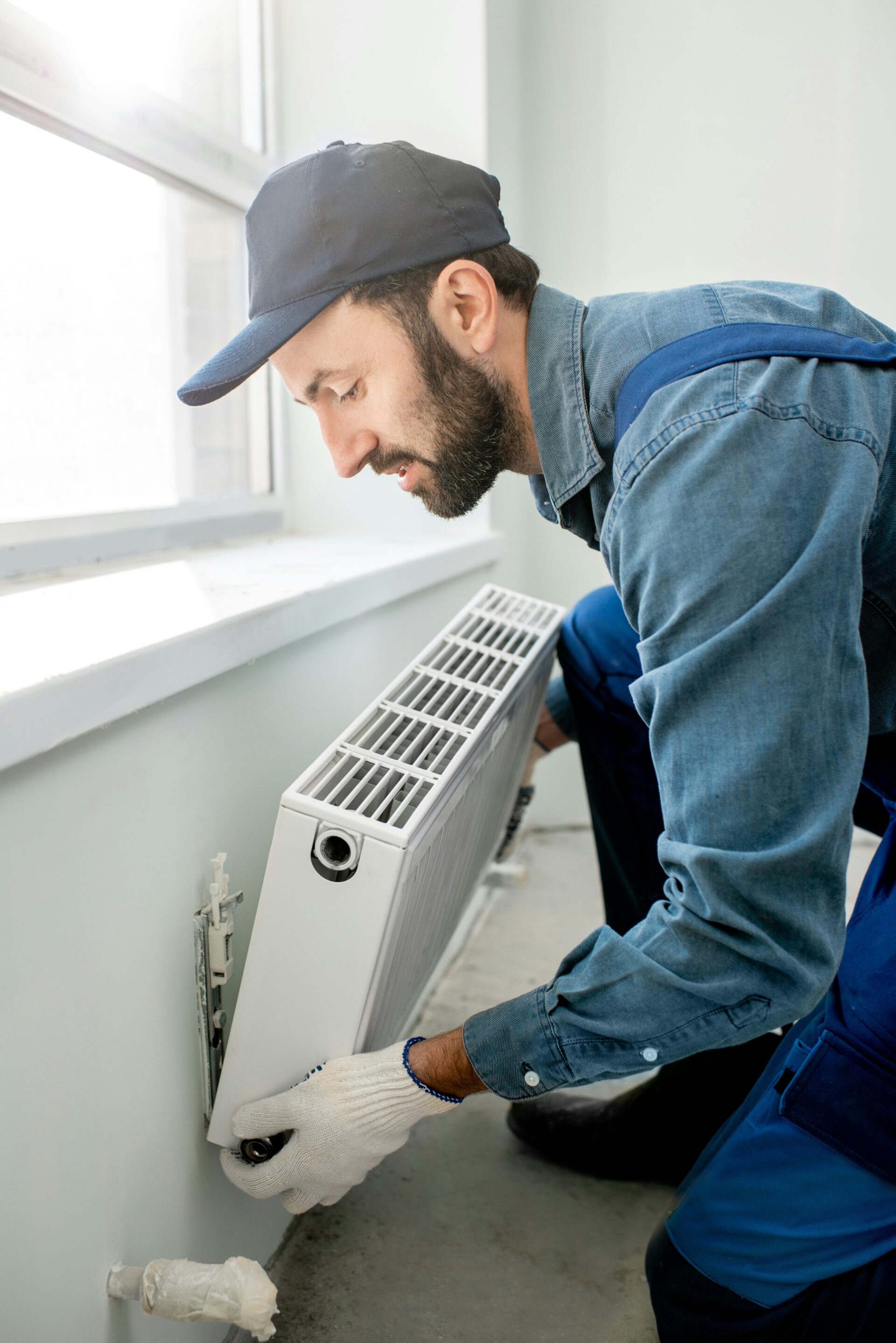
Fair-Heat: Options for a Socially Just Heat Transition
For meeting the climate targets, a rapid and far-reaching phase-out of fossil fuels is required. While the share of fossil fuels used in the Austrian building sector continuously declined over the past years, achieving a full decarbonisation of the sector by 2040 is challenging and requires considerable investment.
The building stock must be comprehensively thermally improved, and heating systems must completely shift towards renewable energy sources. Moreover, increases in cooling demand due to unavoidable climate change need to be considered. A strong uptake of heat pumps (for both heating and cooling, on a building and on a district scale) is likely to continue. This also puts pressure on the electricity sector where the planned shift towards renewables needs to cope with rising electricity demand.
The transformation of the residential building sector will entail varying effects for different household groups depending on several (social) aspects, such as the home's thermal quality, the heating system used, the availability of district heating networks, as well as the household's income, financial background, and institutional aspects (e.g., whether the household is living in rent or owns the dwelling), determining the affordability and legal feasibility of decarbonisation measures.
Fair-Heat aims at contributing to the research on the distributional dimension of the energy transition. Specifically, we will focus on the following four research questions:
- By which combinations of measures can a decarbonisation of residential buildings be achieved until 2040, with explicit consideration of district heating and cooling (including simplified estimated heat island effects in urban areas) as well as the interaction with the electricity sector?
- What are the investment needs for the decarbonisation of residential buildings? How much investment is required in the buildings sector and how much in the energy supply infrastructure?
- To which extent are measures needed to support vulnerable households in the heat transition, mitigating the burden from high investment costs for building side measures and potentially higher costs for district heating?
- What are suitable mechanisms, considering economic efficiency and the fairness criteria, for distributing the costs of decarbonisation between different actors (i.e., the public sector, energy suppliers, and households)?
To answer these four research questions, we will conduct model-based simulations of options for a decarbonisation of Austrian residential buildings until 2040, with explicit consideration of district heating and cooling and the interactions with the electricity sector. Additionally, we will also incorporate recent findings and data on climate impacts on the demand for heating and cooling in our analysis. For doing so, we will enhance and link the macroeconomic model DYNK, the building stock model Invert/EE-Lab and the energy system model IESopt. In addition to techno-economic modelling we put a strong emphasis on the social dimension of the heat transition. Complemented by a literature survey and a stakeholder dialogue, the model simulations and the in-depth assessment of social aspects will serve as basis for the development of policy recommendations for a fair heat transition in Austria.
The project Fair-Heat is funded by the Klima- und Energiefonds and carried out within the Austrian Climate Research Programme (ACRP).
Please contact


